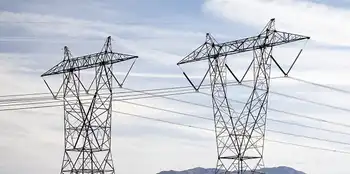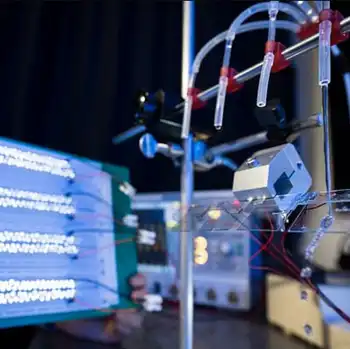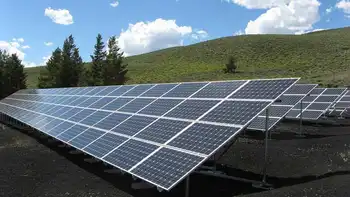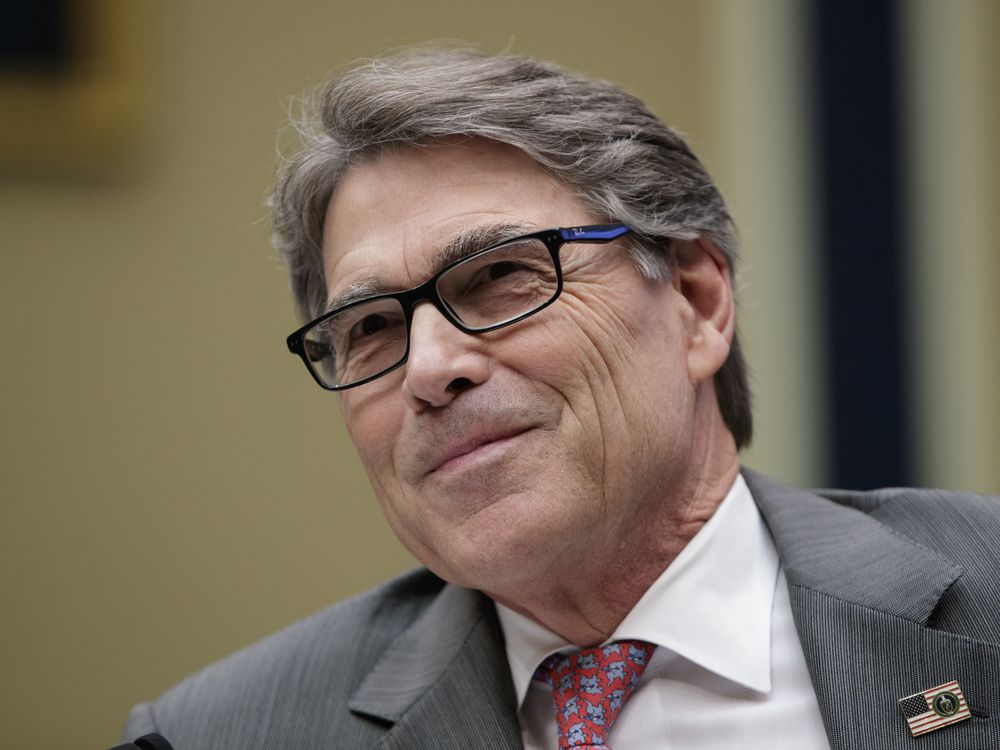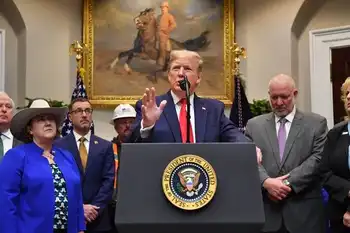Federal Government announces funding for Manitoba-Saskatchewan power line
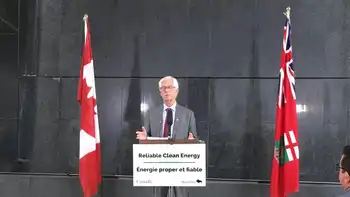
NFPA 70e Training - Arc Flash
Our customized live online or in‑person group training can be delivered to your staff at your location.

- Live Online
- 6 hours Instructor-led
- Group Training Available
Birtle Transmission Line connects Manitoba Hydro to SaskPower, enabling 215 MW of clean hydroelectricity, improving grid reliability, supporting affordable rates, and advancing Green Infrastructure goals under the Investing in Canada Plan across Manitoba and Saskatchewan.
Key Points
A 46 km line moving up to 215 MW from Manitoba Hydro to SaskPower, improving reliability and supplying cleaner power.
✅ Enables interprovincial grid tie between Manitoba and Saskatchewan
✅ Delivers up to 215 MW of renewable hydroelectricity
✅ Supports affordable rates and lower GHG emissions
The federal government announced funding for the Birtle Transmission Line Monday morning.
The project will help Manitoba Hydro build a transmission line from Birtle South Station in the Municipality of Prairie View to the Manitoba–Saskatchewan border 46 kilometres northwest. Once completed, the new line will allow up to 215 megawatts of hydroelectricity to flow from the Manitoba Hydro power grid to the SaskPower power grid, similar to the Great Northern Transmission Line connecting Manitoba and Minnesota today.
The government said the transmission line would create a more stable energy supply, keep energy rates affordable and help Saskatchewan's efforts to reduce cumulative greenhouse-gas emissions in that province.
"The Government of Canada is proud to be working with Manitoba to support projects that create jobs and improve people's lives across the province. The Birtle Transmission Line will provide the region with reliable and greener energy, as seen with Canadian hydropower to New York projects, that will help protect our environment while laying the groundwork for clean economic growth," said Jim Carr, member of Parliament for Winnipeg South Centre, on behalf of Catherine McKenna, minister of infrastructure and communities.
The Government of Canada is investing more than $18.7 million, and the government of Manitoba is contributing more than $42 million in this project through the Green Infrastructure Stream of the Investing in Canada Plan, which also supports Atlantic grid improvements nationwide.
"The Province of Manitoba has one of the cleanest electricity grids in Canada and the world with over 99 per cent of our electricity generated from clean, renewable sources, rooted in Manitoba's hydro history," said Central Services Minister Reg Helwer. "The Made-in-Manitoba Climate and Green Plan is good not only for Manitoba but for Canada and globally."
Jay Grewal, president, and CEO of Manitoba Hydro said the funding is a great example of co-operation between the provincial and federal governments, including investments in smart grid technology that modernize local networks.
"We are very pleased that Manitoba Hydro's Birtle Transmission Project is among the first projects to receive funding under the Canada Infrastructure Program, and we would like to thank both levels of governments for recognizing the importance of the project as we strengthen ties with our neighbours in Saskatchewan, as U.S.-Canada transmission approvals advance elsewhere," said Grewal.
A spokesperson for Manitoba Hydro said it’s too early to say how many jobs will be created during construction, as final contracts have not yet been awarded.





